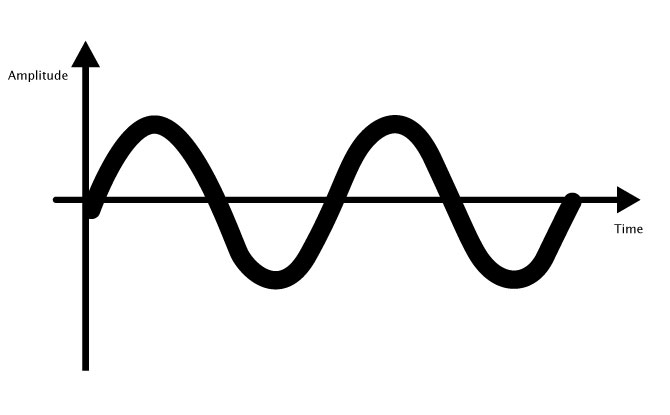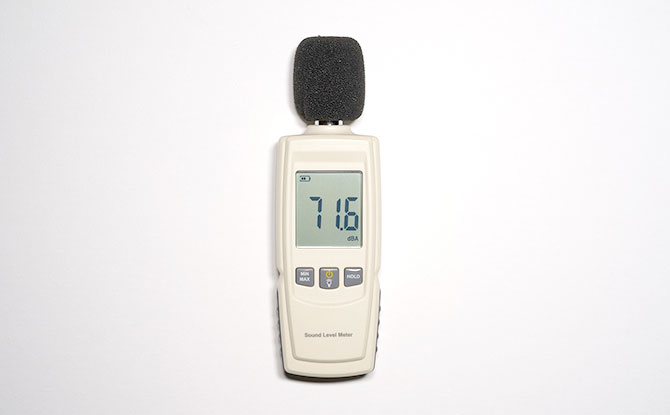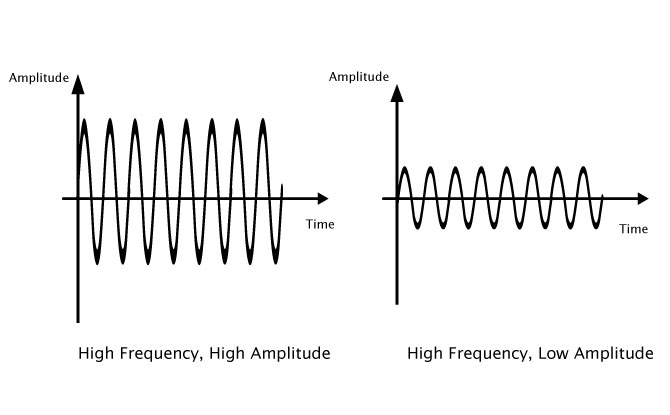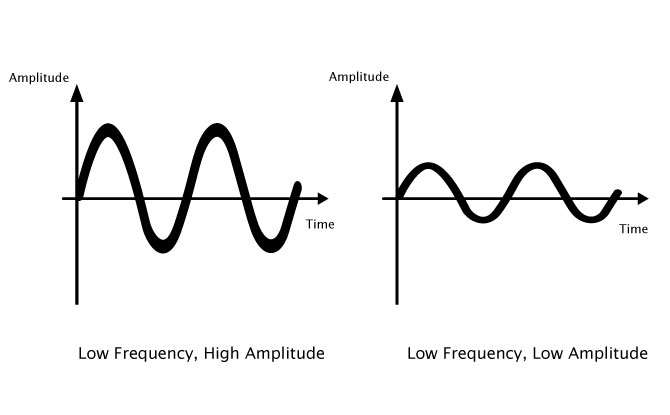Amplitude is a term that sound engineers may come across. Sometimes, it is casually substituted with the word “loudness”. What exactly is amplitude and how does it relate to sound?
What is Amplitude?
Amplitude is a measure of how much energy is behind a particular sound wave. This represents how “strong” a sound wave is.
To the human ear, in general, the larger the amplitude of a sound wave, the louder it will sound.

When you look at at a graph of a sound wave, on the horizontal axis is time. The vertical axis is amplitude.
If the peak of Wave A is twice as high as Wave B, it can be said Wave A has double the amplitude of Wave B.
Measuring Amplitude
The unit of measurement for amplitude is dB SPL (Sound Pressure Level).
Here are some examples of amplitude for different everyday sounds:
Threshold of hearing (i.e. near silence): 8 dB SPL
Leaves rustling: 20 dB SPL
Vacuum cleaner: 80 dB SPL
Jack hammer: 100 dB SPL
Rock concert: 120 dB SPL
Difference between Amplitude and Loudness
It is tempting to consider amplitude to be the same as loudness. To the general person, this will seem to be the case, but there are some differences to be aware of.

Amplitude is an objective measure of sound pressure levels. It can be measured using a sound level meter (also known as a decibel meter) that returns a reading of the amplitude of a sound.
Loudness is a subjective perception. What may be loud to one person may not be loud to another person.
In sound engineering terms, we would normally be dealing with amplitude.
Difference between Amplitude and Frequency
It is important to grasp the difference between amplitude and frequency. The two are separate and independent of each other.

It is possible to have a sound that has a high frequency and high amplitude. A sound that has high frequency can also have a low amplitude.

Similarly, a low frequency sound can have either a high or low amplitude.

